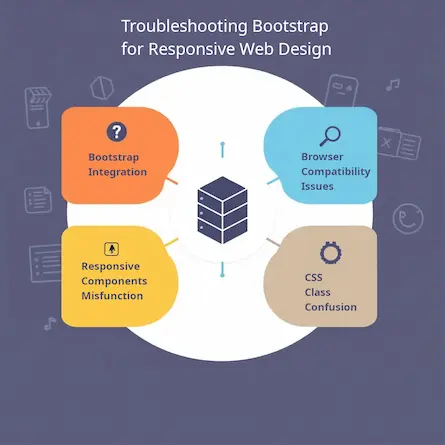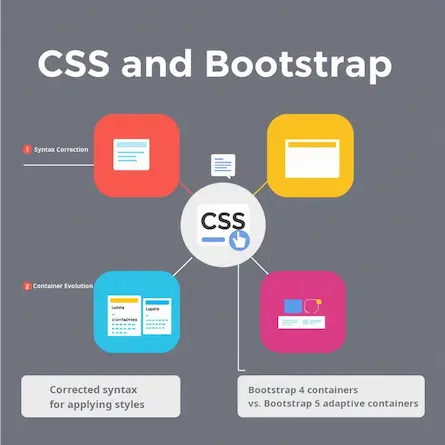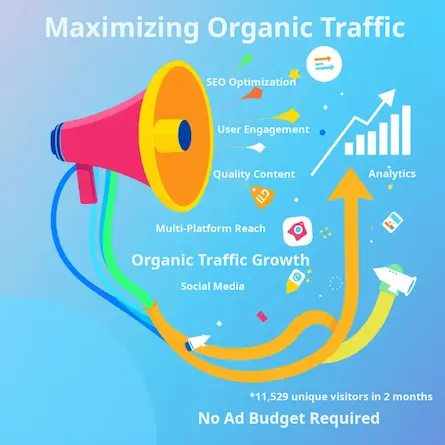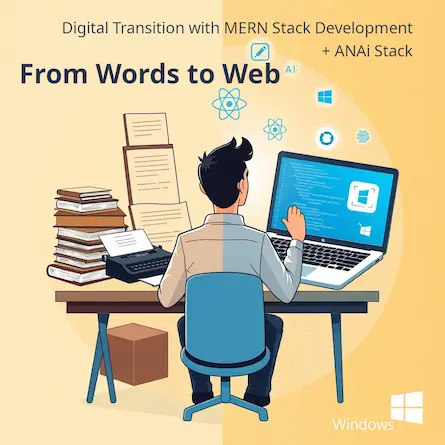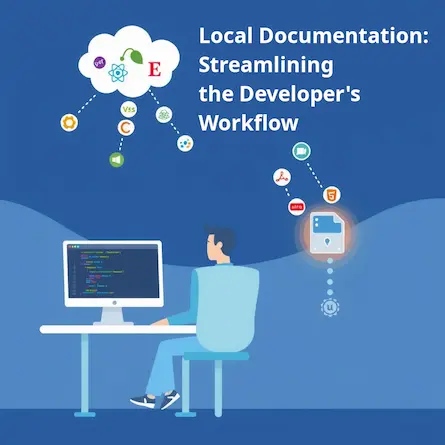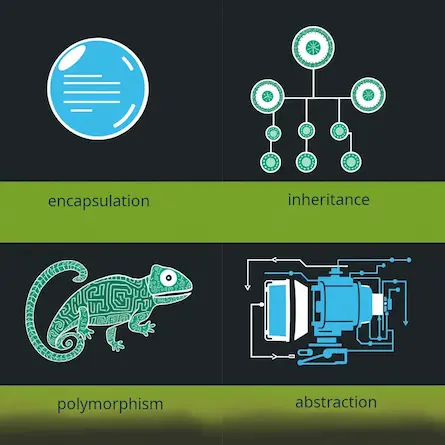
Understanding Server-Side Rendering (SSR) and Its SEO Benefits
- Ctrl Man
- Web Development , SEO
- 31 May, 2024
Understanding SSR and Its SEO Benefits
Server-Side Rendering (SSR) involves rendering web pages on the server instead of the client’s browser. This means that when a user (or a search engine bot) requests a page, the server sends a fully rendered HTML page.
SEO Benefits of SSR
- Faster Initial Load Time: Since the server sends a fully rendered page, the initial load time can be faster, which is beneficial for user experience and SEO.
- Better Crawling and Indexing: Some search engine bots, including Googlebot, are better at crawling and indexing content that is readily available in the HTML response rather than relying on JavaScript execution.
- Content Availability: Content is immediately available in the HTML, which is crucial for ensuring that all the important content is visible to search engines.
When SSR is Relevant
- Content-Heavy Websites: If your website has a lot of content that needs to be indexed (e.g., blogs, news sites, e-commerce), SSR can ensure that search engines can easily crawl and index all your content.
- Dynamic Content: Websites with frequently changing content can benefit from SSR to ensure that the latest content is always available for indexing.
- Performance Needs: If improving initial load times is a priority, SSR can be a good solution.
When SSR Might Be Irrelevant
- Static Websites: If your website is mostly static with minimal dynamic content, SSR might not be necessary. Static site generators (SSGs) might be a better fit.
- Client-Side Rendering (CSR) Optimization: Modern search engines, especially Google, are quite capable of handling JavaScript-heavy client-side rendered (CSR) applications. If your website’s CSR is well-optimized for SEO, SSR might not be essential.
- Non-SEO Focused Projects: If SEO is not a primary concern (e.g., internal tools, web applications with restricted access), SSR might not provide significant benefits.
Alternatives and Considerations
- Pre-rendering: Tools like Prerender.io can render your pages and serve them to search engines while keeping a CSR setup for users.
- Hybrid Approaches: Some frameworks like Next.js allow for a mix of SSR and CSR, giving you flexibility to choose the best approach for different parts of your site.
- Serverless Functions: Consider using serverless functions to handle specific SSR tasks if you want to avoid the complexity of full SSR.
Conclusion
While SSR can be beneficial for SEO, especially for content-heavy and dynamic websites, it is not a one-size-fits-all solution. Assess the nature of your website, your performance needs, and how well your current setup handles SEO before making a decision. If your site is well-optimized for SEO with CSR or if you have a static site, SSR might not be necessary. Consider hybrid or alternative approaches if you want to reap some benefits of SSR without a full overhaul.
FAQ
What is Server-Side Rendering (SSR)?
Server-Side Rendering (SSR) is a technique where web pages are rendered on the server instead of the client’s browser. When a user or a search engine bot requests a page, the server sends a fully rendered HTML page.
Why is SSR important for SEO?
SSR can improve SEO by providing faster initial load times, better crawling and indexing by search engine bots, and ensuring that all important content is visible and available in the HTML.
When is SSR relevant?
SSR is particularly relevant for content-heavy websites (e.g., blogs, news sites, e-commerce), websites with frequently changing dynamic content, and situations where improving initial load times is a priority.
When might SSR be irrelevant?
SSR might be irrelevant for static websites with minimal dynamic content, websites that have well-optimized Client-Side Rendering (CSR) for SEO, and projects where SEO is not a primary concern.
What are some alternatives to SSR?
Alternatives and considerations include pre-rendering tools like Prerender.io, hybrid approaches like Next.js that combine SSR and CSR, and using serverless functions to handle specific SSR tasks.
How do I decide if SSR is right for my website?
To decide if SSR is right for your website, assess the nature of your website (content-heavy or static), your performance needs, and how well your current setup handles SEO. If your site is well-optimized for SEO with CSR or if you have a static site, SSR might not be necessary. Consider hybrid or alternative approaches if you want to reap some benefits of SSR without a full overhaul.

